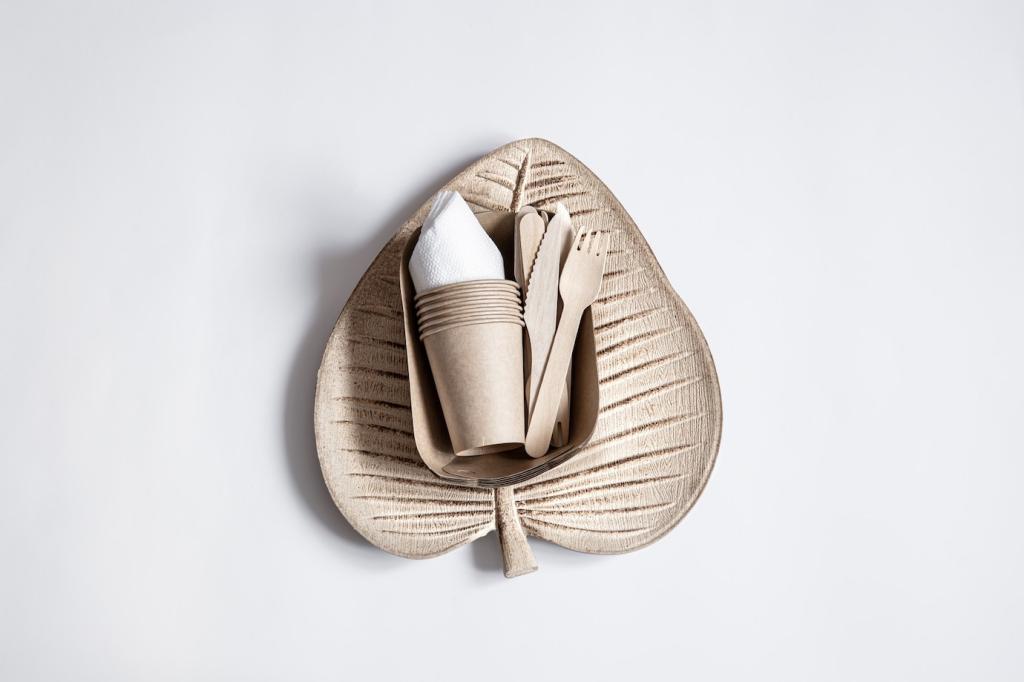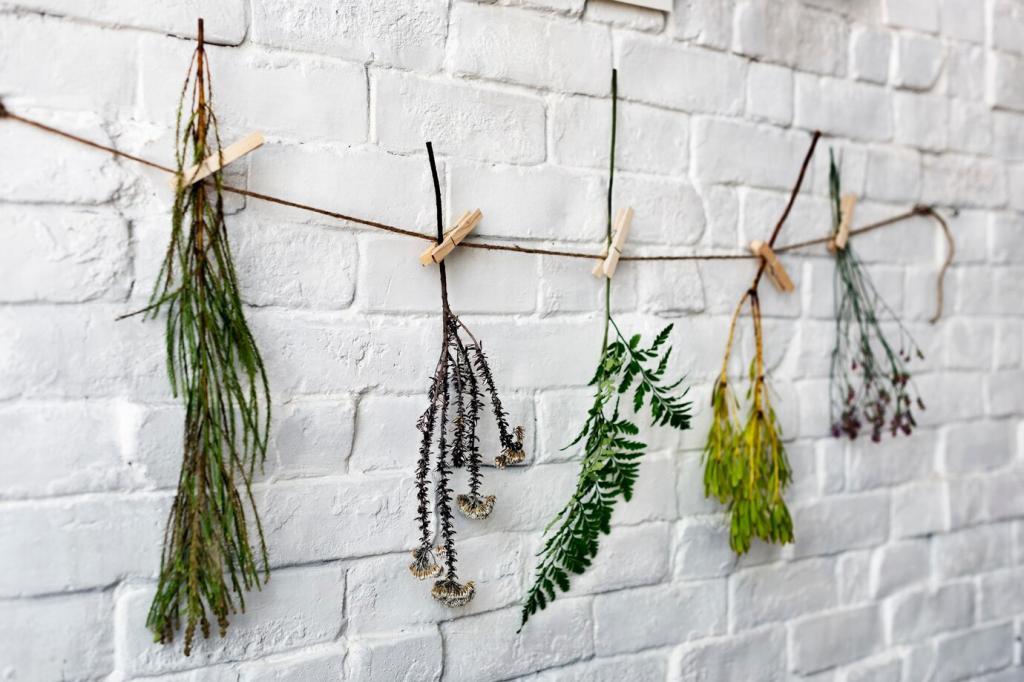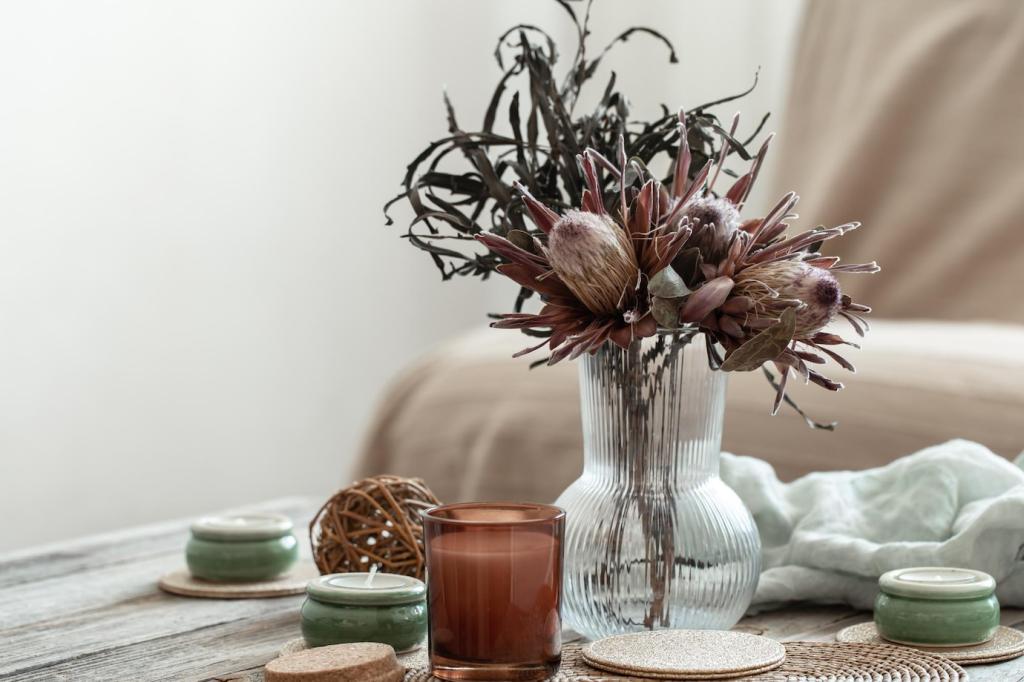Water-Saving Features for Bathrooms: Smart Comfort, Smaller Footprint
Why Bathroom Water Efficiency Matters
Toilets, showers, and faucets account for a major share of indoor use, often nearly two-thirds in typical homes. Focusing on water-saving features for bathrooms targets the heart of consumption, trimming bills while protecting local watersheds and building resilience during drought.
Why Bathroom Water Efficiency Matters
A single outdated toilet can flush away thousands of extra gallons each year. Replacing it with a high-efficiency model is like rolling back a daily leak, quietly saving bucket after bucket without sacrificing performance or comfort for your family.
Why Bathroom Water Efficiency Matters
Last spring, Maya swapped a vintage 3.5 gpf toilet and a 2.5 gpm showerhead for WaterSense upgrades. Her meter dropped immediately, shaving roughly twelve thousand gallons a year—enough to fill a backyard pool—while her guests never noticed a difference in feel.
Older toilets commonly used 3.5 gallons or more per flush. WaterSense-labeled options use 1.28 gallons or less, using precision bowl design and siphon dynamics to clear effectively. That simple swap slashes daily consumption without changing habits at all.
High-Performance Toilets and Dual-Flush Systems


Shower Smarts: Low-Flow, High-Feel
Quality heads use pressure-compensating valves and air infusion to maintain a strong spray even at lower flow rates. Instead of a weak drizzle, you get a dense, enveloping pattern that rinses shampoo quickly while cutting gallons with every perfect, lingering minute.
Shower Smarts: Low-Flow, High-Feel
Thermostatic mixing holds temperatures steady, so you waste less while fiddling with knobs. Pair with a pause switch to stop flow during lathering. Some households place a small bucket during warm-up, then repurpose that water for plants or cleaning.



Hot Water Without Waste
A demand-controlled recirculation pump moves hot water only when you need it, reducing long waits and cold-water dump. Pair with motion sensors or push-buttons near the bath. You’ll enjoy rapid warmth without running taps while you count seconds.


Hot Water Without Waste
Pipe insulation is inexpensive and quick to install, helping keep heat in and reducing purges. When remodeling, place fixtures closer to the water heater or manifold. Share your before-and-after wait times and how much happier mornings feel now.
Greywater and Rain Integration (Where Allowed)
Shower-to-Garden Basics
Simple greywater systems route lightly used shower water to approved landscaping zones using filtration and mulch basins. While not for edibles in many regions, they keep ornamentals green through dry months. Check regulations and tell us your favorite drought-proof plants.
Rainwater for Non-Potable Uses
Rain barrels and cisterns can offset irrigation and cleaning tasks, freeing municipal supplies. Indoor uses often require treatment and permits, so start outdoors first. Share your collection capacity, first-flush diverter setup, and how you’ve designed overflow paths safely.
Know Your Local Code
Rules vary widely, from simple permits to strict treatment standards. Call your building department before installing systems. Post your jurisdiction in the comments, and we’ll help collect resources so everyone can implement savings legally and confidently.
Design and Habit Hacks for Daily Wins
Place elegant decals or small shelf cards that say “Turn, Rinse, Pause.” They remind guests without nagging. A beautiful sand timer or waterproof display keeps the message playful, turning frugal habits into stylish rituals people happily adopt.
Lay out floss, brush, and cup so you can wet once, then shut the faucet. Practicing the sequence builds muscle memory. Tell us your best two-minute routine, and we’ll compile a community guide that blends comfort with conservation.
Create sticker charts for short showers or “quiet faucet” days. Celebrate wins with a family leaderboard and monthly rewards that aren’t water-intensive. Kids love seeing progress, and their excitement nudges adults toward consistent, cheerful savings every single week.
